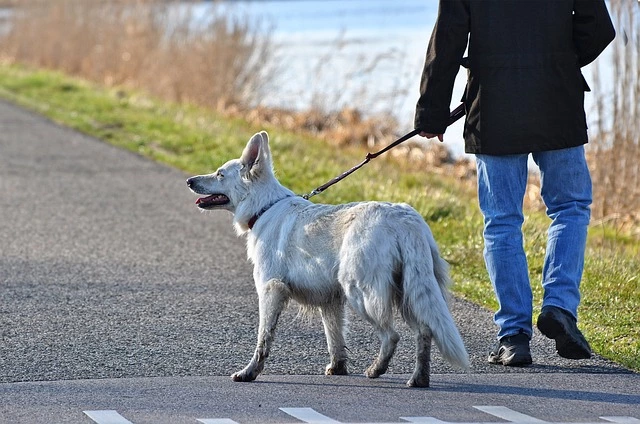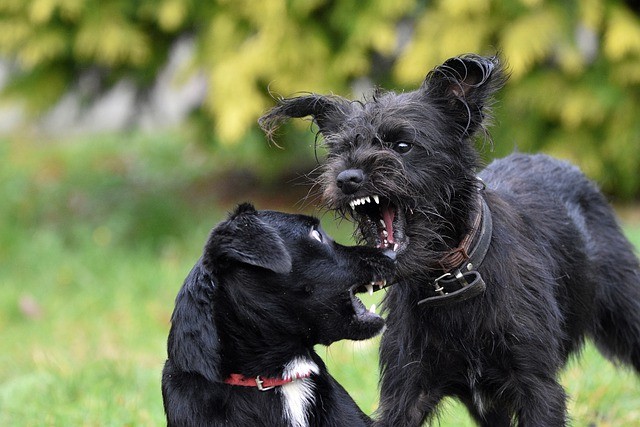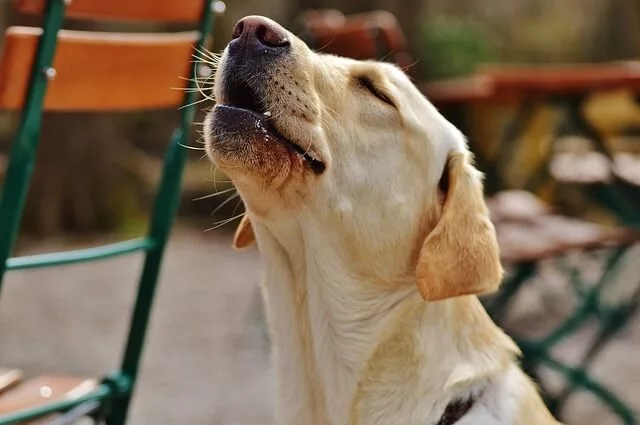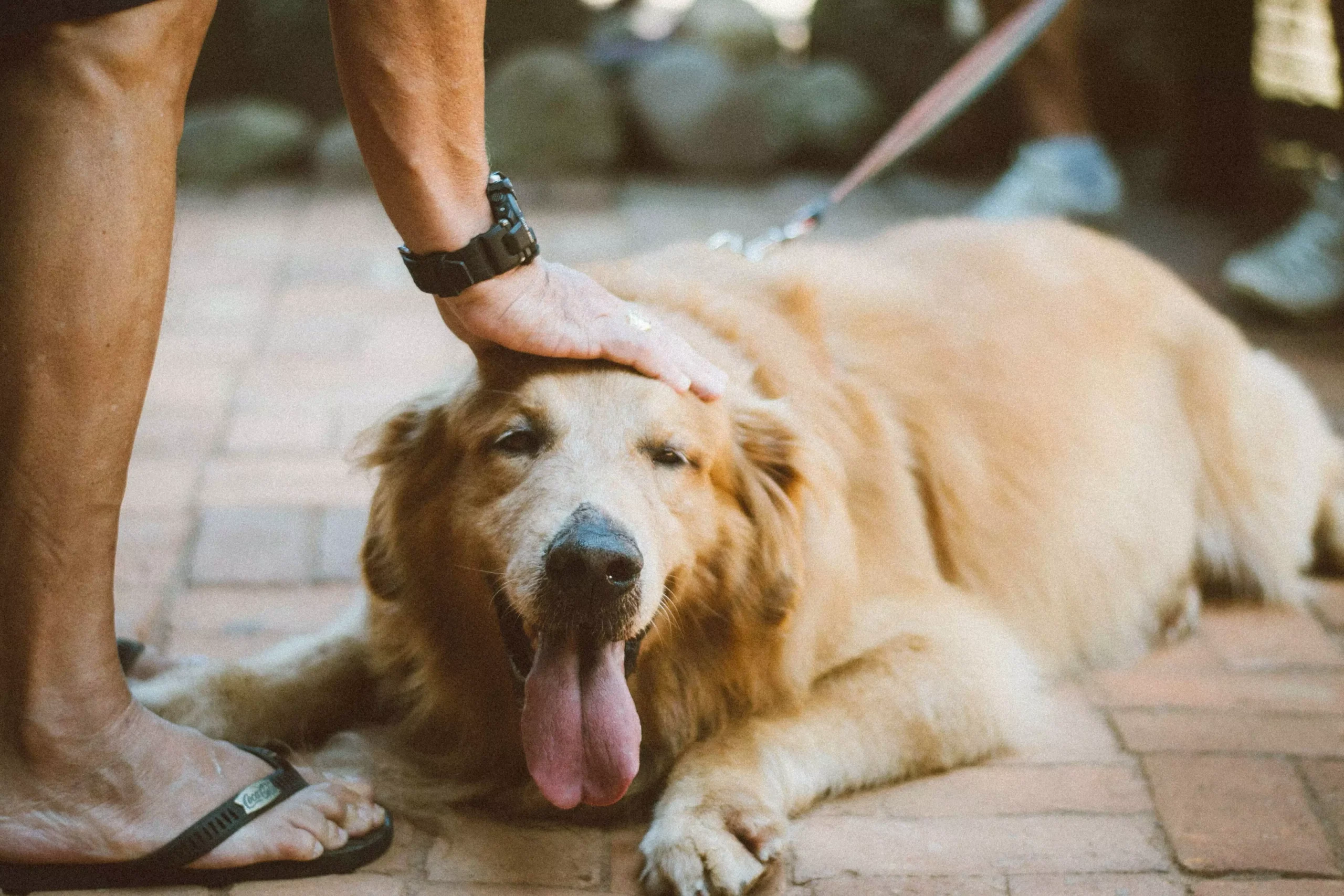Introduction:
Building a strong recall command is crucial for every dog owner. Teaching your dog to come when called not only ensures their safety but also strengthens the bond between you and your furry friend. In this article, we will guide you through effective techniques to master recall, ensuring your dog’s obedience and safety in any situation.
I. Understanding the Importance of Recall Training
A. Why is recall training essential?
Recall training is essential because it allows you to have control over your dog in potentially dangerous situations. Whether it’s preventing them from running into traffic or getting lost in unfamiliar surroundings, a reliable recall command can be a lifesaver.
B. Benefits of a reliable recall command
Having a dog that comes when called provides peace of mind, allowing you to give them more freedom to explore their surroundings while still maintaining control. It also enhances your dog’s safety and prevents them from getting into potentially harmful situations.
C. Common challenges faced during recall training
Recall training can be challenging, especially for dogs with high prey drive or those easily distracted. Common challenges include dogs not responding to the recall command, getting distracted by other animals or smells, or simply not understanding what is expected of them.
II. Getting Started with Recall Training
A. Establishing a positive association with the recall command
Begin recall training in a positive and rewarding manner. Use treats, toys, or praise to create a positive association with the recall command. Make it a fun experience for your dog, and they will be more motivated to come when called.
B. Selecting an appropriate recall word or phrase
Choose a recall word or phrase that is distinct and easy for your dog to understand. Avoid using common words that may confuse them, such as “come here” or “here.” Opt for something unique, like “come” or “here boy/girl.”
C. Creating a safe and distraction-free environment
Start recall training in a quiet and familiar environment, gradually increasing the level of distractions. Ensure the training area is secure and free from potential hazards. This will help your dog focus on the recall command without being overwhelmed.
III. Basic Recall Training Techniques
A. The “name game” approach
Begin by teaching your dog to respond to their name. Use a cheerful tone and reward them every time they look at you when their name is called. This lays the foundation for the recall command.
B. Using treats and rewards effectively
Use high-value treats and rewards to motivate your dog to come when called. Reinforce the recall command with treats or praise, making it a positive experience for them.
C. Incorporating positive reinforcement techniques
Positive reinforcement, such as clicker training or verbal praise, can be highly effective in recall training. Reward your dog immediately when they come to you after being called, reinforcing the behavior.
D. Gradual introduction to distractions
Once your dog is responding reliably in a distraction-free environment, gradually introduce distractions such as other animals, toys, or food. This will help them generalize the recall command and respond even in challenging situations.
IV. Advanced Recall Techniques
A. Recall training with a long leash or extended line
Using a long leash or extended line allows you to practice recall training in a controlled environment while still giving your dog the freedom to roam. It provides a safety net and allows you to reinforce the recall command if needed.
B. Recall training in different environments
Practice recall training in various environments to ensure your dog responds in any situation. Start with low-distraction areas and gradually progress to more challenging environments, such as parks or busy streets.
C. Reinforcing recall in off-leash situations
Once your dog has mastered recall on a leash, gradually introduce off-leash training in a secure and enclosed area. This allows them to have more freedom while still maintaining control and obedience.
D. Incorporating recall games for added motivation
Make recall training fun by incorporating games such as hide-and-seek or finding hidden treats. This adds excitement and motivation for your dog to come when called.
V. Troubleshooting Common Recall Challenges
A. Dealing with distractions during training sessions
If your dog gets easily distracted during training, start with lower distractions and gradually increase them. Use higher-value treats or toys to regain their focus and reinforce the recall command.
B. Overcoming fear or anxiety-related issues
If your dog shows fear or anxiety during recall training, it’s important to address these issues before proceeding. Consult with a professional dog trainer or behaviorist to develop a plan to help your dog overcome their fears.
C. Addressing selective hearing and non-compliance
If your dog occasionally ignores the recall command, avoid punishment or negative reinforcement. Instead, focus on reinforcing the command in a positive and rewarding manner. Consistency and patience are key.
D. Rebuilding recall after a negative experience
If your dog has had a negative experience while coming when called, it may affect their willingness to respond. Start from scratch, using positive reinforcement and gradually rebuilding their trust and confidence in the recall command.
VI. FAQs (Frequently Asked Questions)
1. How long does it take to train a dog to come when called?
The time it takes to train a dog to come when called can vary depending on the dog’s breed, temperament, and previous training experiences. Consistency and regular practice are key factors in achieving success.
2. Can I use an electric collar for recall training?
While some trainers may use electric collars for recall training, it is recommended to explore positive reinforcement techniques first. Electric collars should only be used under the guidance of a professional trainer.
3. What should I do if my dog doesn’t come when called?
If your dog doesn’t come when called, avoid punishment or chasing them. Instead, try using higher-value rewards and reinforcing the recall command in a positive manner. Consult with a professional trainer if needed.
4. Is recall training suitable for all dog breeds?
Yes, recall training is suitable for all dog breeds. However, some breeds may require more patience and persistence due to their independent nature or high prey drive. Tailor the training techniques to suit your dog’s breed and temperament.
5. Can I teach an older dog to come when called?
Yes, older dogs can be taught to come when called. The same training techniques can be applied, but it may require more patience and consistency. Adjust the training sessions to accommodate your dog’s age and physical abilities.
Conclusion:
Mastering recall is an essential skill that every dog owner should prioritize. By understanding the importance of recall training, implementing effective techniques, and troubleshooting common challenges, you can achieve a reliable recall command. Remember, consistency, patience, and positive reinforcement are key to success. Enjoy the journey of building a strong bond with your furry companion through the power of recall training.









